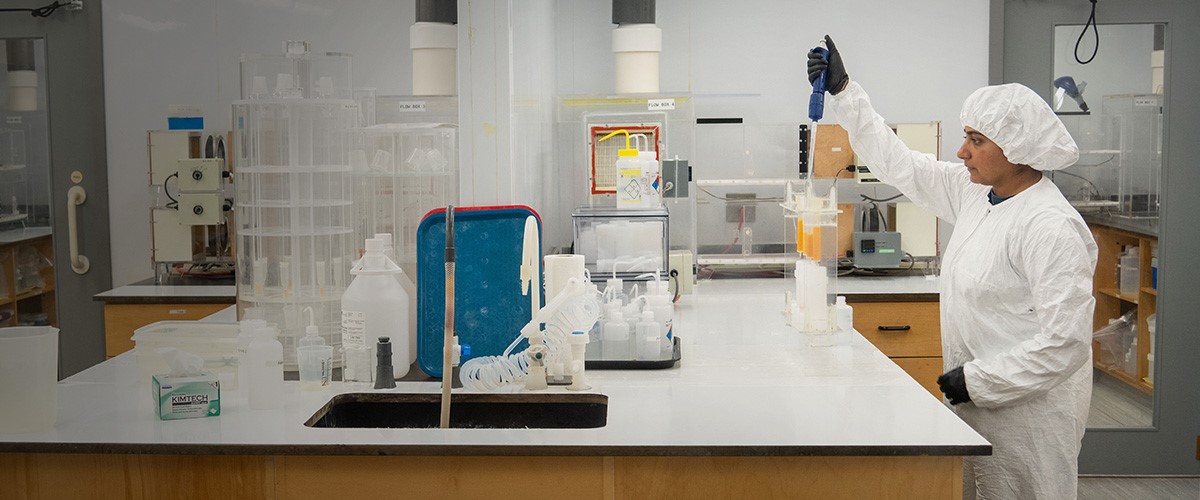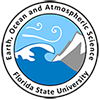
The geochemistry group's research is centered around the use of trace elements and isotopes to understand Earth processes and the environment in the broadest sense.
Trace element distributions and isotope ratios are used to understand and quantify sources and cycling processes. Research interests range from the chemical evolution of the Earth and solar system through time to local scale problems on the sources and transport of environmentally significant substances. The studies conducted by the geochemistry division concern both terrestrial and extra-terrestrial questions and involve land-based and sea-going expeditions and spacecraft missions.
The majority of our funding comes from the National Science Foundation and the National Aeronautics and Space Administration. We have also received funding for our research from the Environmental Protection Agency, Gulf of Mexico Research Institute, Electrical Power Research Institute, the US Geological Survey, and the South Florida Water Management District, among others.
 The MagLab's Geochemistry Group is associated with the FSU Earth, Ocean & Atmospheric Sciences Department.
The MagLab's Geochemistry Group is associated with the FSU Earth, Ocean & Atmospheric Sciences Department.
For more information, contact program director Vincent Salters.